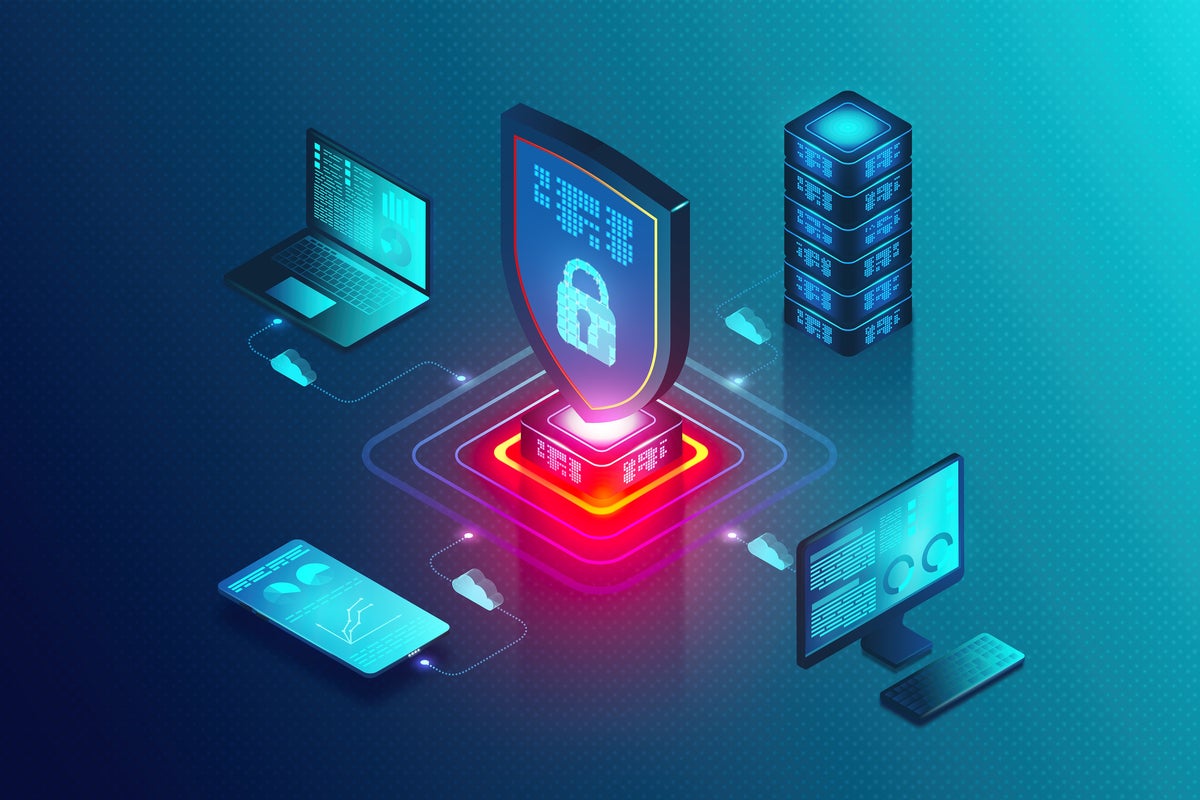All You Need to Know About Endpoint Detection and Response
Business News
EDR is a security tool that detects threats on endpoints and alerts security teams of any malicious activity. It is designed to help companies minimize response times by identifying threats before they happen. EDR is a crucial security tool that can significantly improve a company’s security. Here are some essential facts about this security tool. These facts will help you determine whether EDR is suitable for your organization.
A Security Tool
Security tools that offer endpoint detection and response capabilities are crucial to maintaining a safe, secure environment. These solutions were first developed in 2013 and focus on malware analysis and compromised device prevention. Over the past few years, they have gained more features and capabilities, and most offer antivirus and endpoint protection. This security tool can help protect your company from threats.
While some EDR tools focus exclusively on endpoint security, others can analyze a wide range of data, including file activity and user events, to spot suspicious files and behaviors. These security tools can detect and quarantine malicious files, limiting damage to the network. EDR software can also protect your network by identifying persistent threats before they can infect your organization. Endpoint detection and response software is a crucial security tool for any organization and should be a fundamental part of your cybersecurity strategy.
Detects Threats on Endpoints
Endpoint detection and response (EDR) solutions are increasingly important in cybersecurity. The diversity of endpoints and the increasing complexity of cyber threats are forcing IT, security professionals, to rely on more advanced solutions that perform automated analysis and response. Fortunately, several options can help.
A key benefit of EDR is its ability to detect advanced persistent threats, which are difficult to pick up with traditional tools. An EDR solution can identify even the most innocuous changes in endpoint behavior and alert security professionals to decommission attacks before they’re activated. The ability to gather comprehensive, contextualized data from various endpoints makes EDR a crucial element of security incident resolution.
Alerts Security Teams of Malicious Activity
Endpoint detection and response (EDR) is a proactive security technology that protects endpoints from malicious activity. It offers similar capabilities to antivirus software and can prevent many malicious threats from entering an endpoint. EDR monitors endpoint activity, providing total visibility and a complete audit trail. This makes it easier to spot potential security incidents and implement remediation measures.
Effective EDR solutions give security teams real-time endpoint visibility and can stop bad actors immediately. They monitor typical user activity and search for Indicators of Attack to flag suspicious behavior before compromising an endpoint. Similarly, they alert security teams when any abnormal activity is detected, which can help them react quickly and contain the attack. If a threat does infect an endpoint, an EDR solution will take action automatically.
Reduce Response Times
A robust endpoint detection and response (EDR) system monitor and collects data on endpoint devices 24 hours a day, seven days a week. This provides an extensive database of historical events that can serve as the bedrock of a comprehensive threat investigation. This data is critical for the security team because it helps them understand the context behind past events. In addition, endpoint detection and response reduce response times by eliminating the need for human analysts to monitor and analyze endpoint devices manually.
Unlike traditional security systems, endpoint detection and -response) can detect and respond to cybersecurity threats without relying on user awareness. Endpoint detection and response also depend on sophisticated analysis techniques, which reduce the blindspots that allow cybersecurity threats to infiltrate the system. In addition, cybersecurity threats often do not activate immediately once they’ve entered the perimeter of a network. One recent example of this was the vulnerability in Log4j, which remained dormant for months.
Protects Against Ransomware
Ransomware is a severe cyber threat. This malicious software encrypts files on your computer and makes them unusable until you pay the ransom. While these attackers do not always seek specific data, they aim to disrupt your business operations. They know it’s cheaper and easier to pay a ransom than restore access to the files. Endpoint detection and response (EDR) solutions can protect against this threat and prevent it from spreading.
Endpoint detection and response (EDR) solutions protect your systems against ransomware attacks with real-time threat detection and defuse capabilities. Endpoint detection and response pause the attack, preventing ransomware encryption, lateral movement, data exfiltration, and credential theft. This approach also gives your security team time to investigate and respond to the threat. While many endpoint protection solutions include EDR features, others may not.
